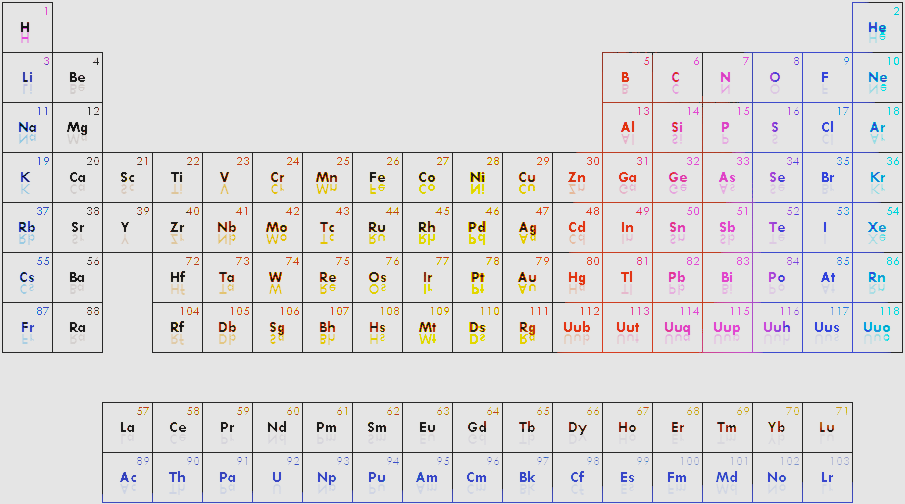About
Please choose the Calculation Method on the leftCurrently the Browsers supported are:
Google Chrome
Mozilla Firefox
Safari
Copyright@
ShahRukh Athar
Maxim Rakitin
Type of Run and System Configuration
OptionType:

EA Parameters
USPEX ManualVariation Operators
USPEX ManualConstraints
Please enter inter-ionic distances:
* If you leave the fields blank, the default values will be calculated automatically. See details for:
variable IonDistances in USPEX Manual (Constraints)
variable Latticevalues in USPEX Manual (Lattice Values)
variable IonDistances in USPEX Manual (Constraints)
variable Latticevalues in USPEX Manual (Lattice Values)
VCNEB Calculation Options
NEB Options
System
Output
Restart
Details of Abinitio Calculations
Hardware
Cell Properties
Population
Abinitio
Restart
Type and Run of System
Population
Constraints
* The default value is taken as 0.6 * approximate bond length, according to the reference covalent radii.
However, there are some exceptions:
1) If the pseudo potential is used, you must make sure that the value exceeds the summation of the core radius.
2) if you know that some elements prefer to be very far apart, you can specify this information.
For instance, Mg-Mg distance in MgSiO3 can be set much larger (e.g., 2 Å).
Beware, however, that the larger these minimum distances, the more difficult it is to find structures
fulfilling these constraints (especially for large systems), so a compromise must be found in each case.
However, there are some exceptions:
1) If the pseudo potential is used, you must make sure that the value exceeds the summation of the core radius.
2) if you know that some elements prefer to be very far apart, you can specify this information.
For instance, Mg-Mg distance in MgSiO3 can be set much larger (e.g., 2 Å).
Beware, however, that the larger these minimum distances, the more difficult it is to find structures
fulfilling these constraints (especially for large systems), so a compromise must be found in each case.